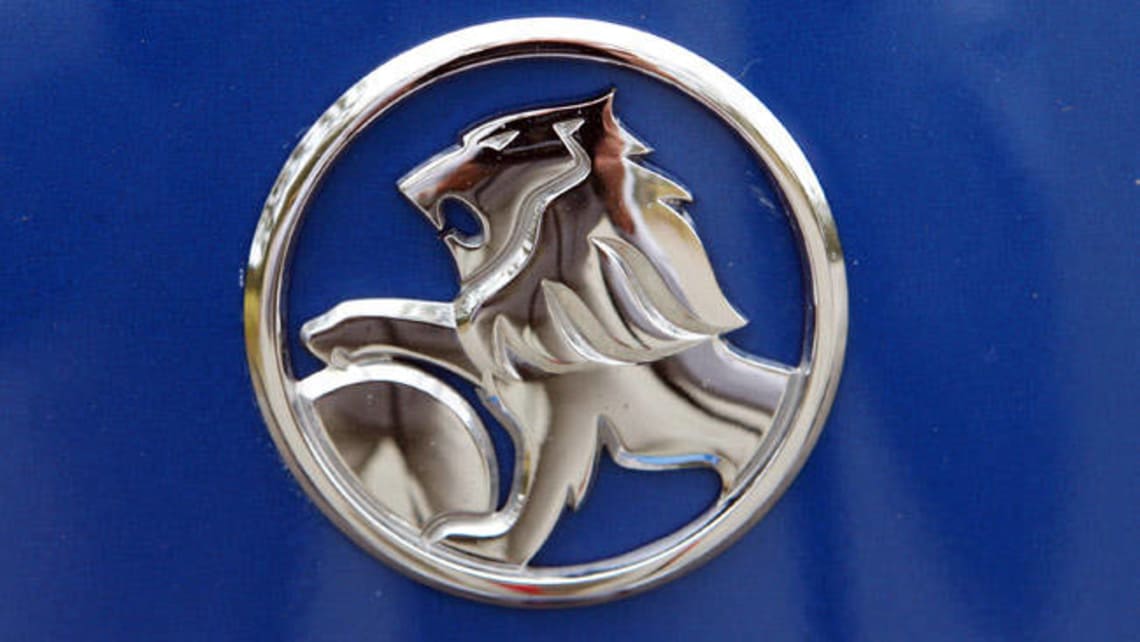
Volkswagen Crafter 2024 review: Kampervan
The VW Kombi and camping have gone together like a horse and carriage for more...
Browse over 9,000 car reviews

After talking tough earlier in the week, the SA Premier and the boss of Holden had stopped their sabre-rattling in the lead up to yesterday’s meeting to discuss the manufacturing future of Holden and the jobs of its factory workforce.
All was calm until the former Ford executive Jac Nasser told a business lunch in Melbourne on Thursday that the end of the Australian car manufacturing industry may be “inevitable”.
Nasser’s comments understandably raised eyebrows, splashed headlines and almost overshadowed Holden’s meeting with the SA Government. But not enough attention was paid to the real point Nasser was trying to make.
Nasser, a Lebanese-born Australian who worked his way up through the ranks at Ford’s Broadmeadows office before he went on to run Ford of Europe and then Ford globally (1998 to 2001), has one of the most informed opinions on the car business.
“It would be a very sad day for Australia but it unfortunately looks like it could be inevitable,” said Nasser, who is now chairman of mining company BHP.
He was referring to the eventual knock-on effect of lower factory outputs at Australia’s three car factories, which would make it difficult for suppliers to maintain economies of scale.
“As soon as you have a reduction in the scale of domestic manufacturing -- let's assume one of the three decide to exit Australia in terms of manufacturing -- then you end up potentially with a sub-scale supplier infrastructure. And once that happens, I think it's a domino effect.”
He then neatly spelled out the challenges facing the car industry: “You've got an exchange rate that's at … a 30-year high, you've got higher costs in Australia, you've got excess capacity in the automotive industry worldwide, you've got a very weak currency in Japan, and you've got a weak Euro. And when you put that mix together it's very difficult then to expect a relatively small but talented Australian automotive industry work its way.”
It may not have been Nasser’s intention, but he gave a fresh authoritative voice to a sensitive issue. Why, for example, has the Federal Chamber of Automotive Industries been so silent on the issue of government funding negotiations for local car makers? Why has Holden been forced to lead the charge and fight for the industry’s survival -- at great risk to its image?
And so, against the backdrop of Nasser’s grim reality-check about the future of the industry, Devereux and his senior Holden offsiders walked into the SA Premier’s office on Friday morning. Before the meeting, Devereux described the automotive industry as a “contact sport” and that the summit represented “half time”. In other words, an opportunity to regroup.
But Premier Weatherill clearly saw it as an opportunity to renegotiate. The SA Government didn’t take its $50 million off the table, as it had earlier threatened, but said it plans to make changes to the fine print of the deal (none of which were disclosed, incidentally, and neither side was giving any clues).
So the upshot of all this? Holden workers are no closer to securing their future beyond 2016. And the negotiations, as they say, are ongoing. This is one game that's definitely going into overtime.
This reporter is on Twitter: @JoshuaDowling
Comments